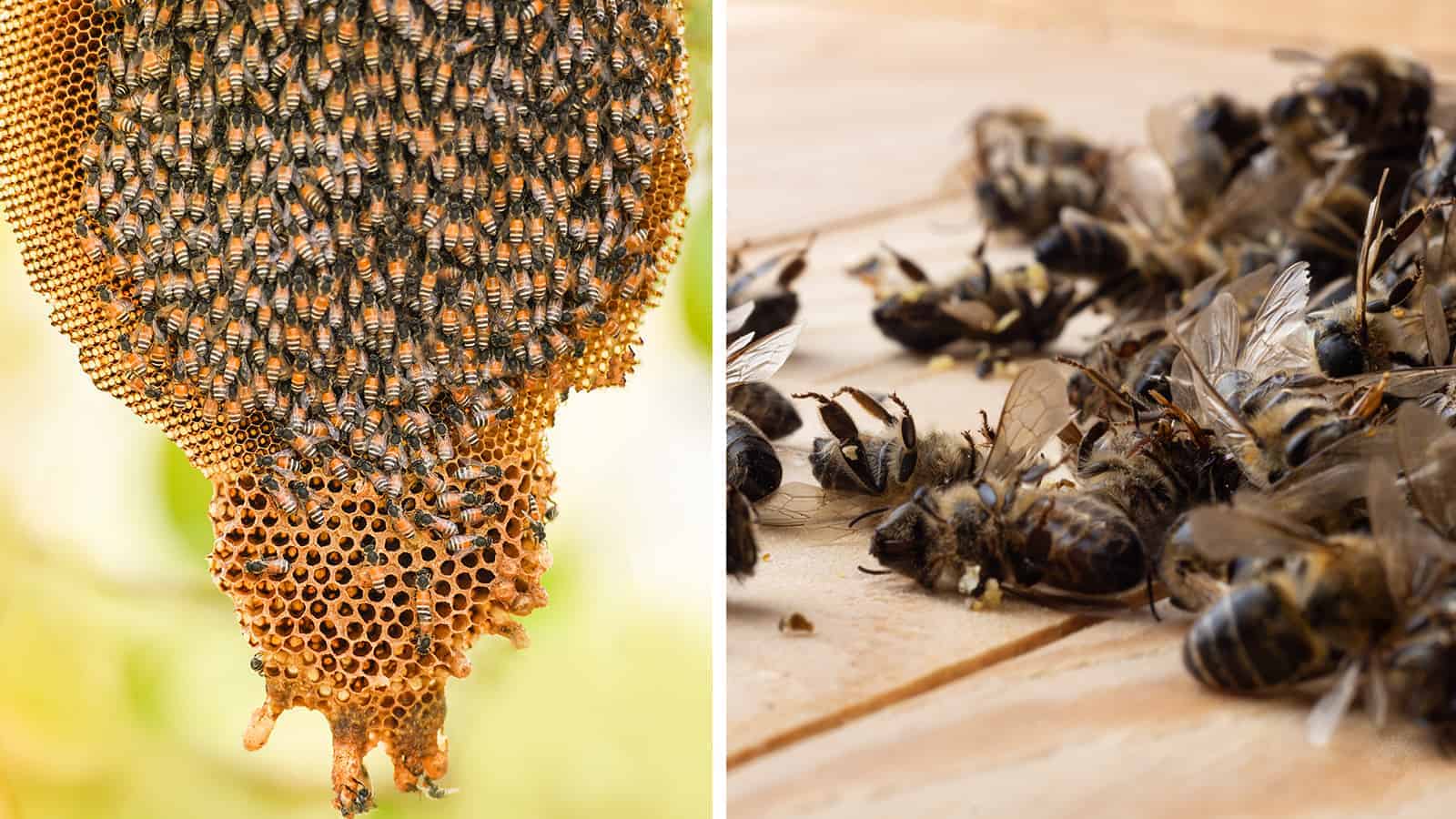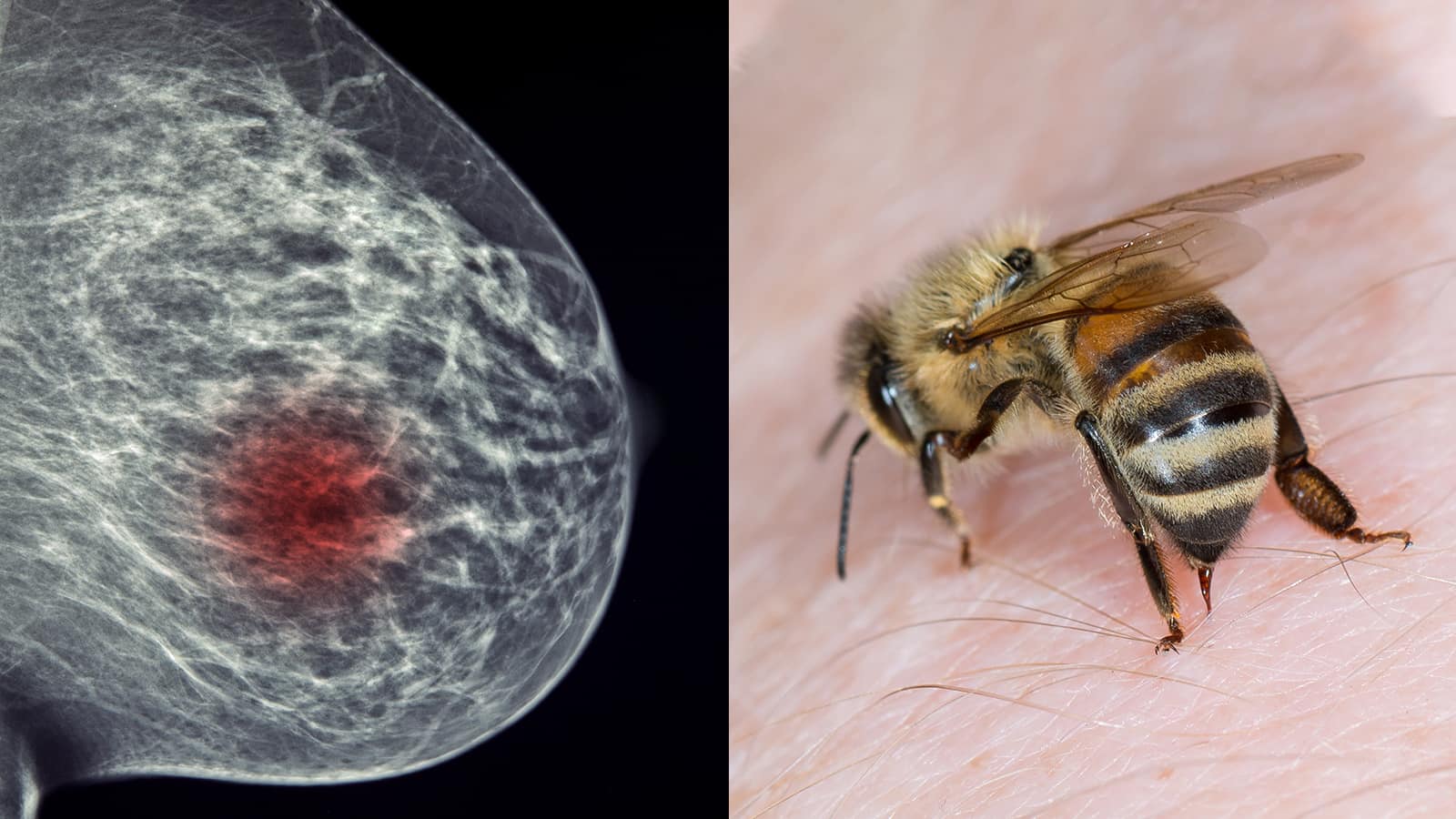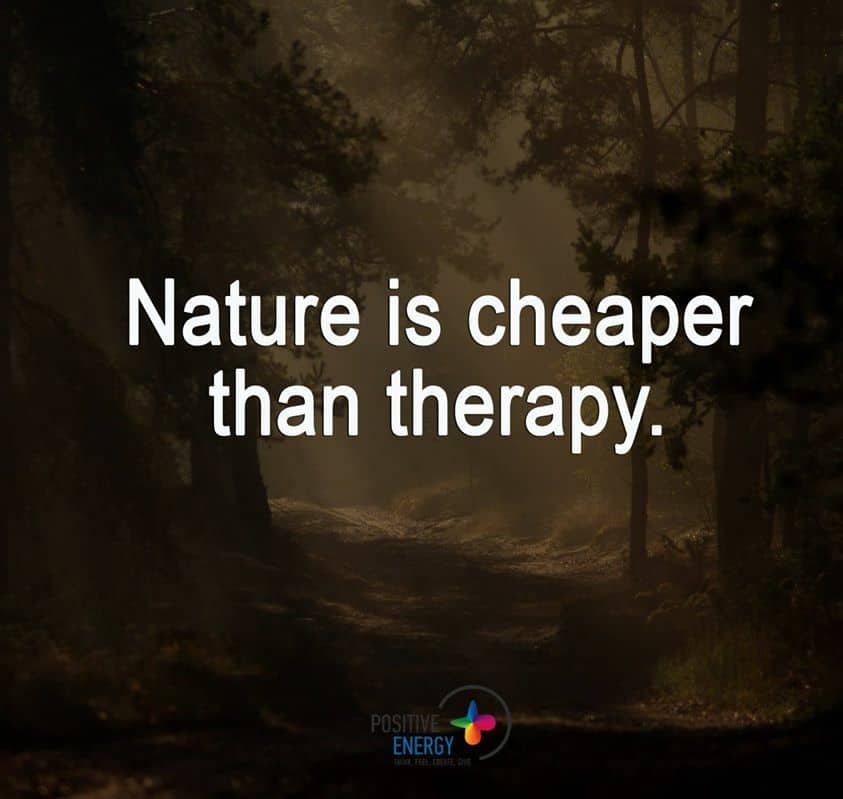The wild bee population has been in trouble for a long time. Researchers have been looking for causes and solutions for decades and have come across several factors that could be contributing to their possible extinction. Like humans, bees face several problems that can contribute to bad health and, ultimately, death.
In the last few years, researchers have come across new threats to the insects. The study was conducted by researchers from the University of California, Davis, and was published in the Proceedings of the Royal Society B Journal. Dr. Mia Park, currently a Postdoctoral Fellow in the Biological Sciences Department at North Dakota State University, Fargo, led the team.
Other researchers included:
- Clara Stuligross, a Ph.D. candidate in ecology at UC Davis (lead author)
- Professor E.J. Blitzer of Carroll College
- Jason Gibbs, Entomologist
- John E. Losey, Professor of Entomology at Cornell University
- Bryan Danforth, Professor of Entomology at Cornell University
The study was conducted over the course of a couple of years. It was a very thorough study that involved a lot of data and analyzing. The results were completely verifiable and have shed light on what needs to happen to help the bee population. Please keep reading to find out the details of the study and the ultimate conclusion that was drawn from it.
Study Finds New Threats to the Wild Bee Population
After conducting the study, the researchers found that pesticides and a lack of flowering plants contribute to a waning bee population. Out of these two threats, pesticides were the biggest. It reduced bee reproduction 1.75 times more than the scarcity of their food source. Pesticides were responsible for devastating diseases that ravaged many bee species, especially in the United States.The sample of bees used in the study came from 19 orchards. The sample included 1820 honey bees and 3200 wild bees, collectively including 71 species of bees. There were plenty of controls so that results would be as accurate as possible.
They ensured the orchards were a larger distance than the bees’ typical foraging distance so there wouldn’t be overlap in observations. Then they observed the activity during the same time frame each day during the same temperature range. They also used pesticide spray records for the entire season from all participating orchards.
The results showed that pesticide use decreased the population of wild bees. However, the decrease was more significant in solitary bees than social bees. It was also observed that orchards with less surrounding natural landscape resulted in a more significant decrease than the others.
The study clearly shows that pesticides are killing bees. However, the significance of the size of natural landscape is slightly more complex. According to the researchers, having a smaller surrounding natural landscape equates to less natural pest control. This causes farmers to rely more heavily on pesticides which increases the mortality of the bees.
This study clearly identified these threats to bees, but the solution is going to take a lot more effort. However, it’s a solution that is essential to the survival of wild bees as well as humans. Keep reading to find out how wild bees contribute to human life.
The Importance of a Healthy Wild Bee Population
You may think that the most important thing bees do for humans is to make honey, but you would be wrong. Bees are pollinators. Without them, a lot of plants cannot reproduce. They are an integral part of the ecosystem, and without them, the ecosystem will undergo a profound change, not for the better.
How Bees Pollinate Plants
According to the U.S. Food and Drug Administration (FDA), approximately 250,000 species of flowering plants depend on bees to spread their pollen. Bees enter these plants to feed on the pollen and end up brushing against the anther. This is essentially the male reproductive part of the plant.
They then fly to another plant and brush up against the stigma, which is the plant’s female reproductive part. The pollen is then transferred from the anther to the stigma. In order for pollination to occur, it must be transferred to the same plant species (which is not a problem since bees land on many plants).
Unfortunately, bees get covered with pesticides just like they get covered with pollen.
The Benefits That Come from Bees
Bees are essential to the commercial production of over 90 essential crops that put dinner on the table. Honey bees are the most important bees to these crops. The extinction or even the reduction of bees could launch a food shortage on a global scale.
You must also consider that the plants that bees pollinate provide food for other animals as well. Without bees, humans won’t be the only animals that starve.
Besides food, bees are the source of many other products that people use regularly. Some of these products include:
- Beeswax
- Royal Jelly
- Propolis
- Bee Pollen
Other Threats that Bees Face
As stated before, bees were already in danger before researchers discovered the negative effects of pesticides. The danger is so significant that there are groups dedicated to saving bees popping up all over the world. Their efforts to shed light on the situation have been going slowly, but successfully because now the bee problem is garnering more attention than ever.
The decline in the honey bee population first became noticeable in the United States in 2007. It was so noticeable that many major news outlets were reporting on the mysterious case of the missing bees. Many beekeepers suffered dramatic business losses as bees seemed to abandon their hives. There seemed to be no explanation for the disappearances.
Finally, it was discovered that a rare bee disease called colony collapse disorder (CCD) was a major part of the problem. The disease was spread to the U.S. from Australia several years ago, leading to almost 45 percent of bees in commercial bee hives in the country to be missing. On top of that, it was discovered that hives that were affected with CCD were also affected by a bee virus known as the Israeli acute paralysis virus (IAPV). This virus is lethal to bees.
It took a lot of time, but as research into this matter continued over the years, scientists discovered that although IAPV was present in all the devastated bee colonies, it wasn’t the primary cause of CCD. Instead, CCD occurred due to several factors that affected the bees. These factors eventually became too much for the colony leading to something like a bee genocide.
Ironically, one of those factors was pesticides.
What Can Be Done to Protect the Wild Bee population?
Protecting bees is a task that is going to require more than government agencies and bee enthusiast groups. It’s going to require a mass effort including as many citizens as possible. Bees are in trouble and humans have to be the ones to fix it.
Helping bees starts in your own yard. You can create habitats in your yard that are friendly for bees. Don’t be afraid to do this.
Many people have a fear of being stung by bees. However, bees have no interest in stinging humans because they’ll die when they do so. They’ll only sting you if you are a threat to their colony or if you antagonize then while they’re out searching for food.
You can make a garden of local, low-maintenance plants in your yard and add nesting places for bees. Bees like downed wood, stems, or even sheds. Of course, you don’t want them in a shed you use so consider building some little decorative “mini-shed” near your garden. Some bees like to nest in the ground. They’ll appreciate loose soil that’s been recently turned.
Above all, ease up on the pesticides! If you must use pesticides, opt for natural, organic pesticides that don’t have harmful chemicals. You could also go for natural pesticides – pests that keep away harmful pests.
Final Thoughts on the Imminent Threats to the Wild Bee Population
If you’ve read this article, you obviously have some interest in bees, even if it’s only a passing interest. However, don’t shrug this information off. Bees need your help, and the recent research proves it.
Don’t dismiss bees as some buzzy insect that you’d rather not be around. Bees are important to the balance of the ecosystem. Without them, humans will suffer serious consequences, especially in the global food supply.
Pesticides are one of the biggest problems that bees face. It’s up to humans to do their part to eliminate harmful chemicals on the plants that bees eat. Please do your part by buying organic foods, and hopefully, with time, pesticides will be a thing of the past, and the great pollinators can thrive in their natural habitats again.
















 Community
Community

